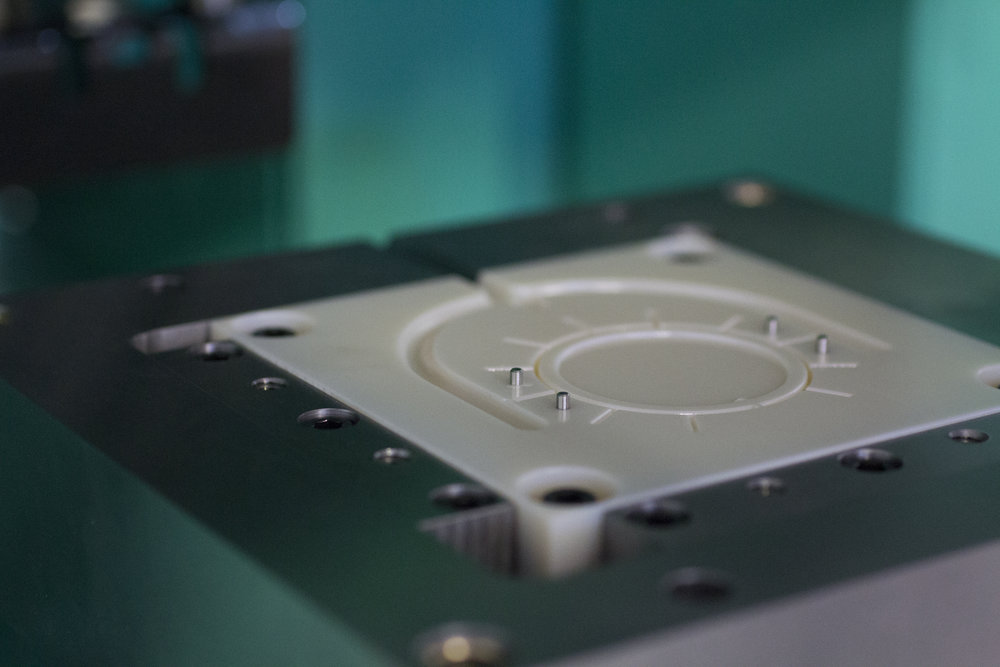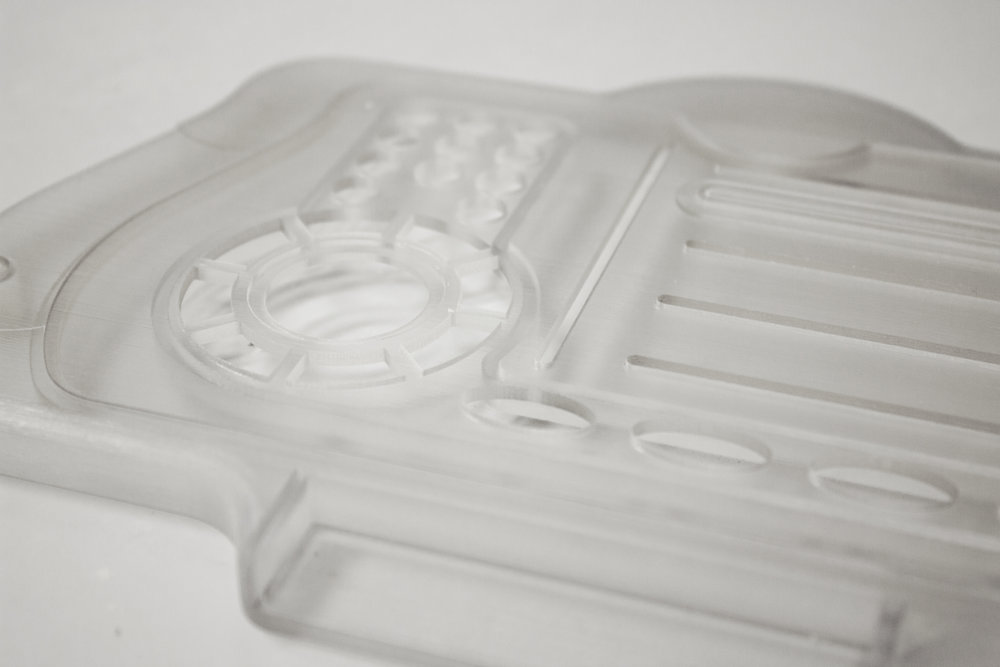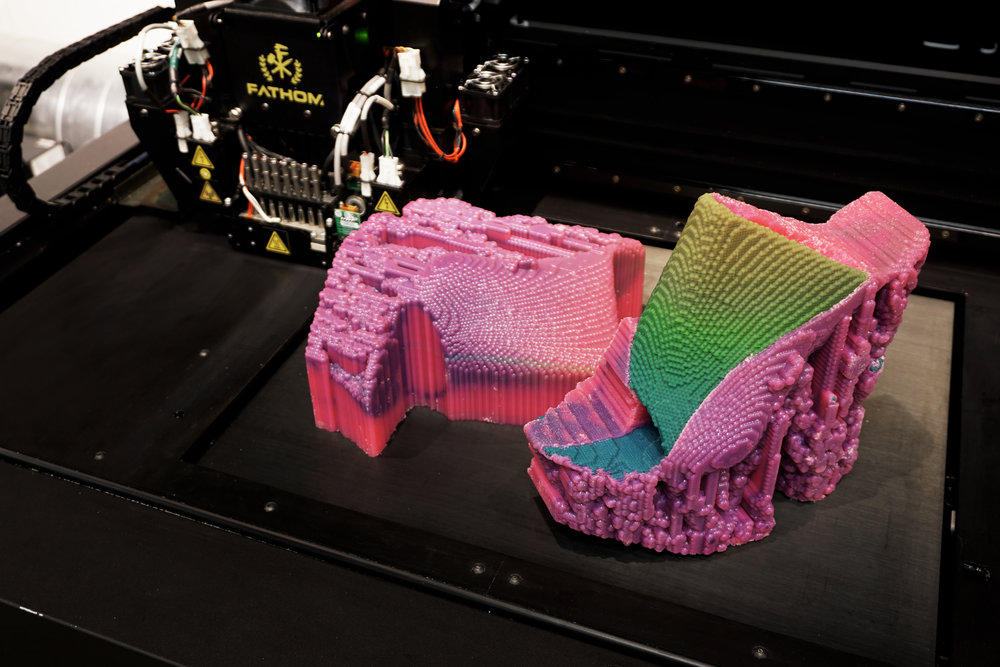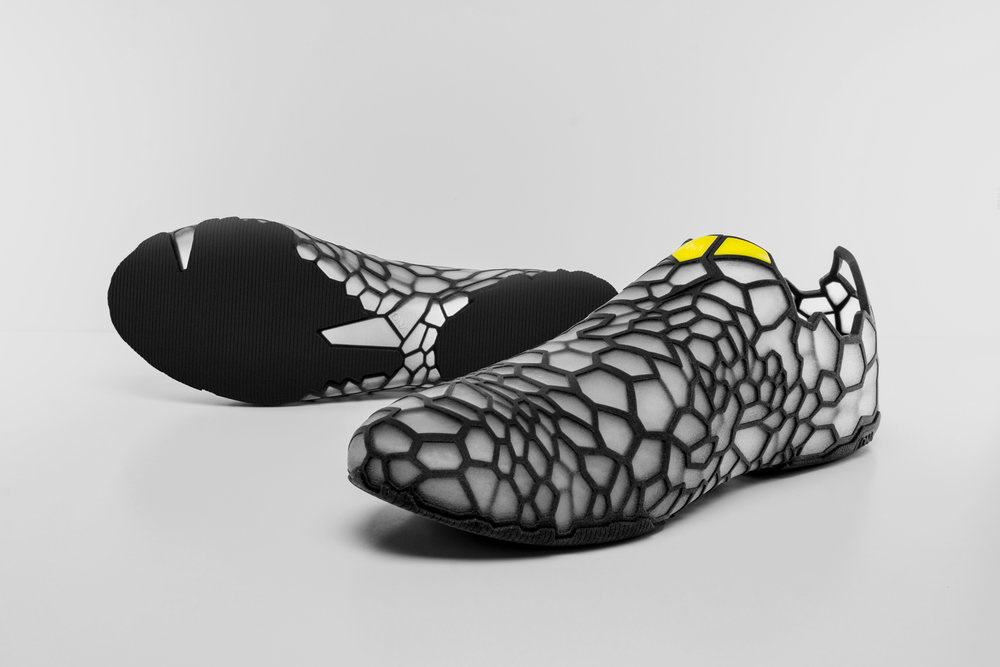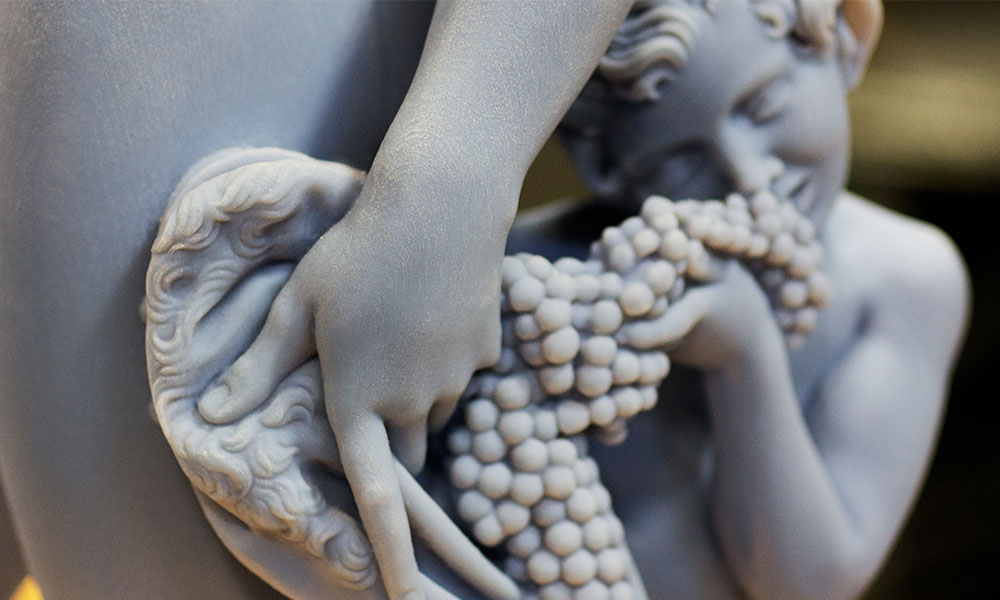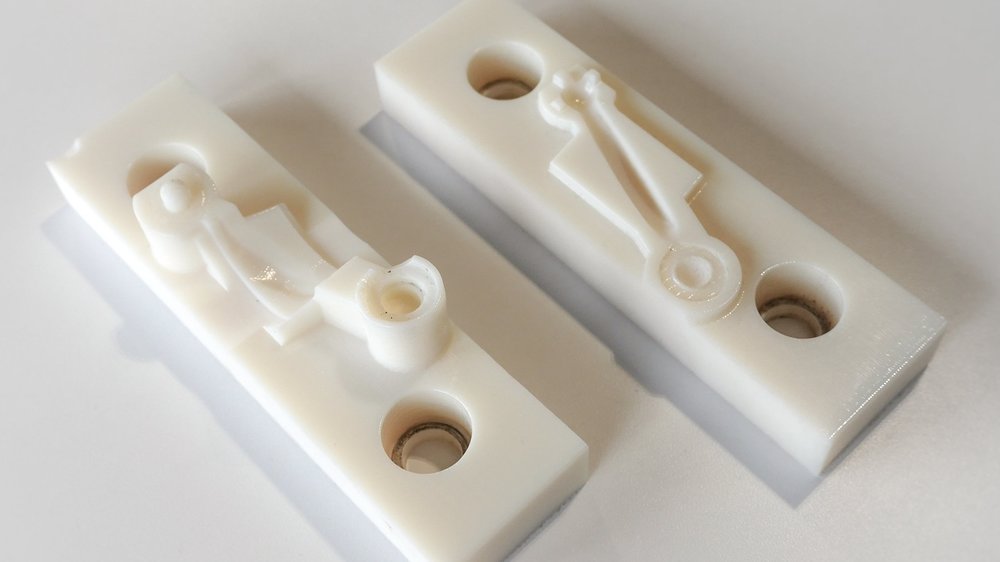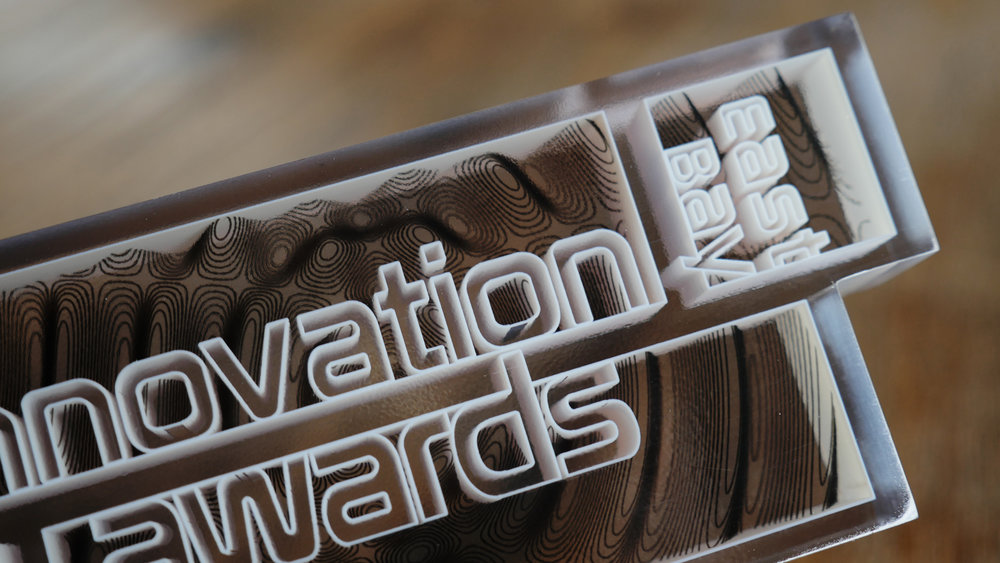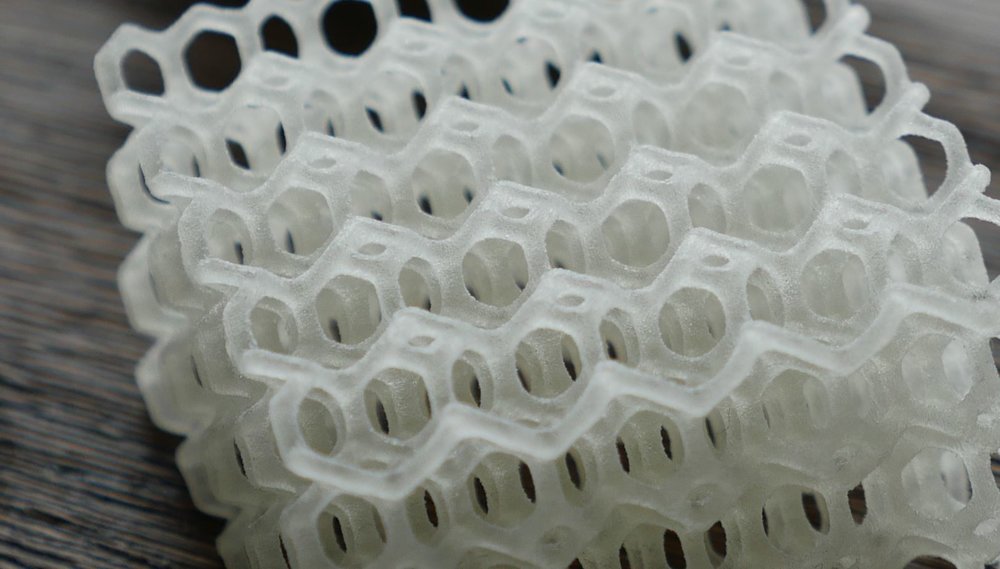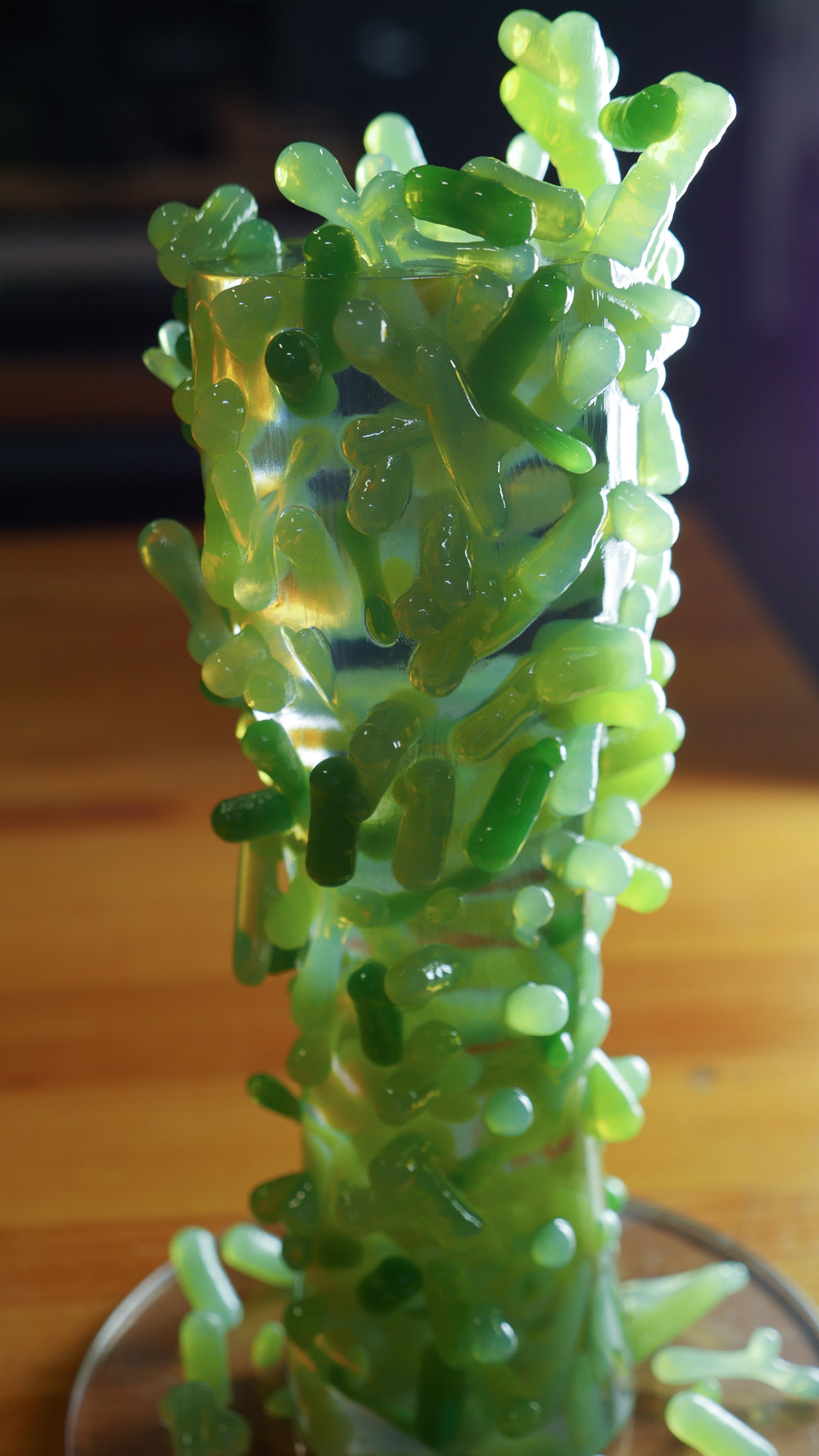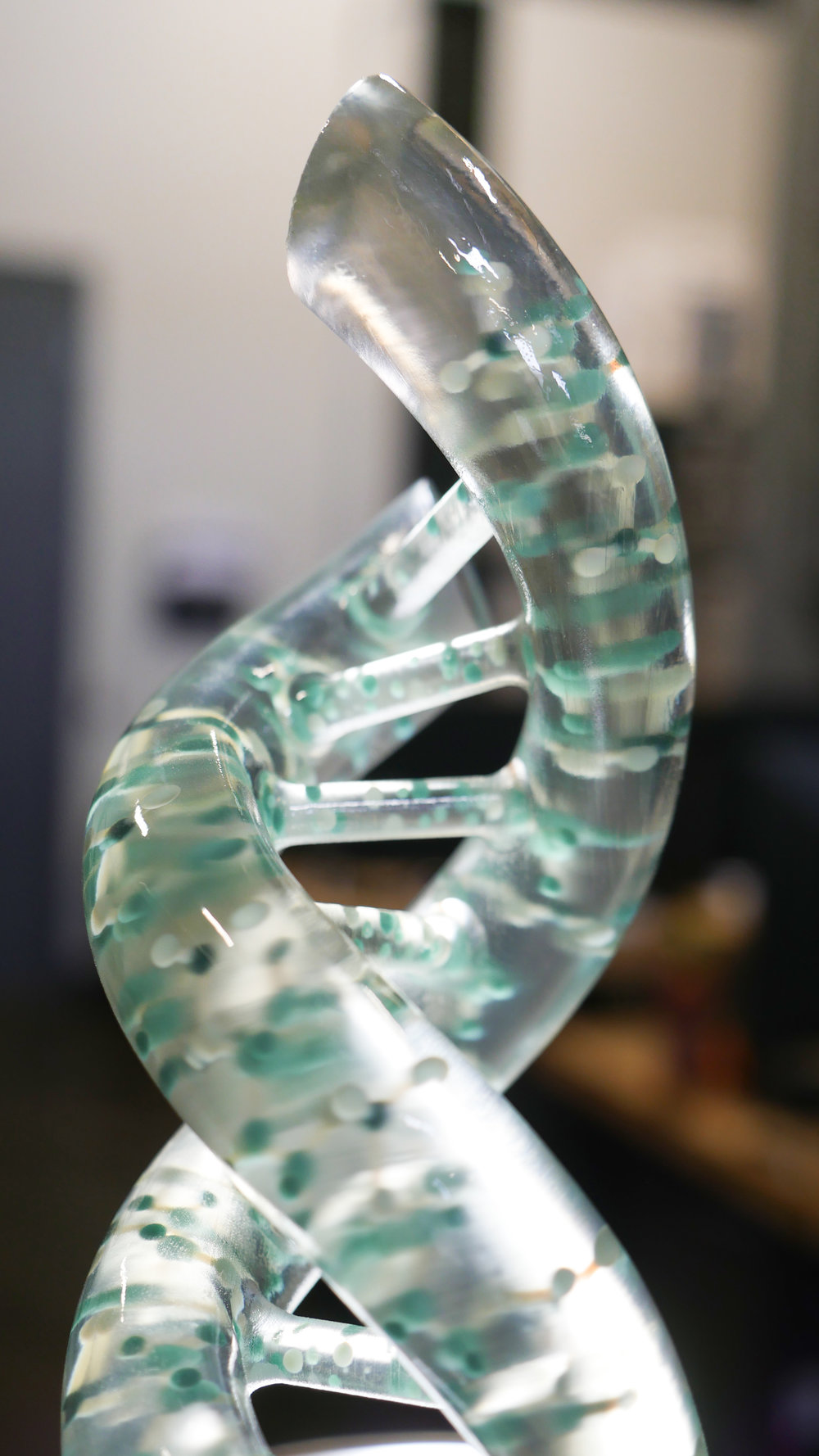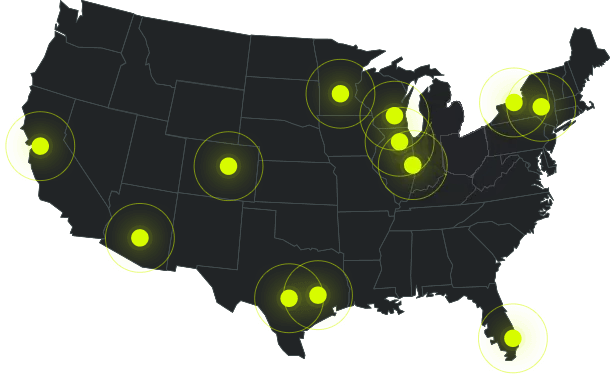PolyJet technology is capable of creating smooth surfaces, thin walls, and complex geometries with extremely high tolerances held to 0.1 mm. PolyJet is the only technology that supports a wide selection of materials with properties that range from flexible to rigid and transparent to opaque. Polyjet also allows manufacturers to 3D print with multiple materials in a single build. This can be done to achieve desired combinations of colors and characteristics including making parts out of both rigid and flexible materials.

